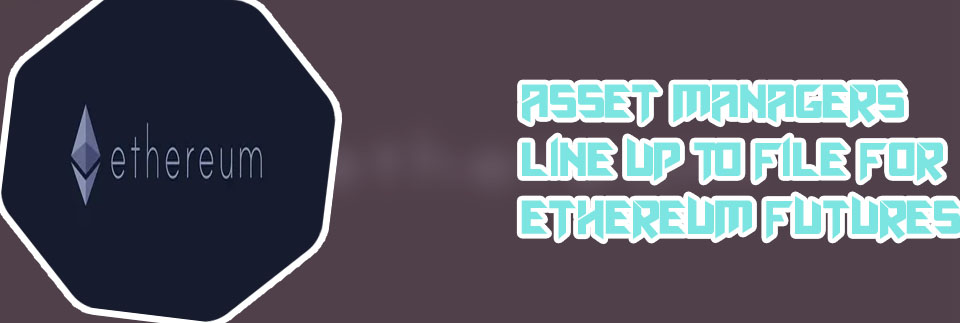The future of Ethereum remains a hot topic among cryptocurrency enthusiasts and investors. As the second largest cryptocurrency by market capitalization, many are curious to see where Ethereum is headed in the coming years. To shed some light on this subject, we have curated a list of two insightful articles that discuss the potential future of Ethereum.
Ethereum 2.0: What You Need to Know About the Upcoming Upgrade

The highly anticipated Ethereum 2.0 upgrade is poised to revolutionize the cryptocurrency world with its many new features and improvements. Scheduled to roll out in phases, Ethereum 2.0 aims to address some of the scalability, security, and energy consumption issues that have plagued the original Ethereum network. Here's what you need to know about this upcoming upgrade:
-
Proof of Stake: One of the key features of Ethereum 2.0 is the transition from Proof of Work to Proof of Stake consensus mechanism. This change will make the network more energy-efficient and secure, as validators will be chosen to create new blocks based on the number of coins they hold and are willing to "stake" as collateral.
-
Sharding: Another significant upgrade in Ethereum 2.0 is the introduction of sharding, a technique that splits the blockchain into smaller, more manageable parts called shards. This will help increase transaction throughput and improve overall network scalability.
-
Beacon Chain: The new Beacon Chain is a separate chain that will coordinate the consensus and networking between shards in Ethereum 2.0. It will help in managing the PoS protocol and will act as the backbone of the new Ethereum network.
-
Staking Rewards: Users who hold a certain
Predictions for Ethereum in 2025: A Look Into the Crystal Ball
As we peer into the future of Ethereum, it is evident that the potential for growth and innovation is vast. By 2025, Ethereum is expected to undergo significant changes that could revolutionize the way we interact with blockchain technology. One key area of focus is scalability, with the implementation of Ethereum 2.0 aiming to increase transaction speeds and reduce fees. This upgrade could position Ethereum as a viable option for mainstream adoption and usage in various industries.
Moreover, advancements in Ethereum's smart contract capabilities are predicted to open up new possibilities for decentralized applications (dApps). The integration of oracles and off-chain data will enhance the functionality of smart contracts, enabling them to interact with real-world information. This could lead to the development of more sophisticated and complex dApps that cater to a wider range of industries and use cases.
Additionally, the continued rise of decentralized finance (DeFi) could propel Ethereum to new heights by 2025. With the DeFi ecosystem thriving on the Ethereum network, the demand for decentralized lending, borrowing, and trading is expected to skyrocket. This could solidify Ethereum's position as a leader in the DeFi space and attract more developers and users to the platform.
